Our first stop at the national monument, as always, was the Visitor Center.
Petrified redwood stumps along with thousands of insect and plant fossils can be seen here. One of the most diverse and richest fossil deposits in the world, it was designated a national monument in 1969. The exhibits in the Visitor Center are so informative in telling the story of prehistoric Colorado.
This is the best place to see insect and plant fossils. Here are a couple, but there are many on display.
Ongoing paleontological investigations continue in the park. Only the petrified redwood stumps can be seen along trails, as many fossils remain buried in the shale.
A painting in the Visitor Center shows what the area looked like 34M years ago when there was a 12-mile-long lake here for thousands of years. Volcanic eruptions spewed ash that buried plants, insects and more, preserving them in the Florissant Formation. Following is what it looks like today.
There are 14 miles of trails in the park, but with rainy/overcast weather, we only hiked the Petrified Forest Loop Trail.
With a map in hand, we stopped first at the Stump Shelter. At one time there were many petrified redwood stumps here, but tourists took pieces from them for nearly 100 years. Now only about 5 remain. The shelters provide protection for several stumps as do the metal bands around them.
These three fossilized redwood stumps are identical; clones of a parent tree. Stump sprouting is common in current giant redwood forests in California, where a ring of trees sprout. We saw many tree circles when we visited Redwood National Forest. But in the fossil world, these ancient clones are unique.
The self-guiding Petrified Forest Loop Trail begins near the shelters. It is an easy walk through what was once the lake bottom and is the best place to see more redwood stumps.
We took a short spur trail to this shale outcrop. Contained within its layers are thousands of tiny insect and plant fossils (as seen in the visitor center). Visitors are strictly prohibited from searching for them, however!
Returning to the Petrified forest Loop Trail, we came to Big Stump, the largest remaining petrified giant redwood stump here.
If you look closely, you can see the remains of a metal saw. During an attempt to “saw” the stump, the saw broke on both ends and could not be removed.
As we continued along the trail, we came to more petrified stumps (surrounded by split-rail fences).
Tree rings are still visible after 35M years in the petrified stumps! Providing valuable information about the environment and climate at the time, these trees were 230’ tall and 500 to 750 years old when they were buried in volcanic mudflows.
Interpretive signs are posted along the trail posted providing interesting insight into the fossil beds.
An important part of recent history here is one woman, Charlotte Hill. In the 1800s, she was a pioneer settler who raised 7 children with her husband on their ranch. She was the first to find the rich deposit of fossilized insects and plants at Florissant. Meticulously collecting and documenting her finds, she was she discovered many of the insect species (previously unknown) who lived here 34M years ago. Eventually, paleontologists from far and wide came to the site, but many fossils and petrified wood pieces were taken (some by them and many more by tourists). Now the area is protected by the National Park Service.
We ate lunch at the picnic area (dogs are only permitted here). A yurt serves as an educational center for the monument.
The highlight of Sadie’s day was finding interesting smells around this drainage pipe. She’ll stick her head into anything! I always worry she’s going to find something that will bite her nose!
We found this place fascinating. While I don’t know much about paleontology, I left there with a lot more knowledge about fossils and petrified wood. For additional information about Florissant Fossil Beds National Monument, go to www.nps.gov/flfo.
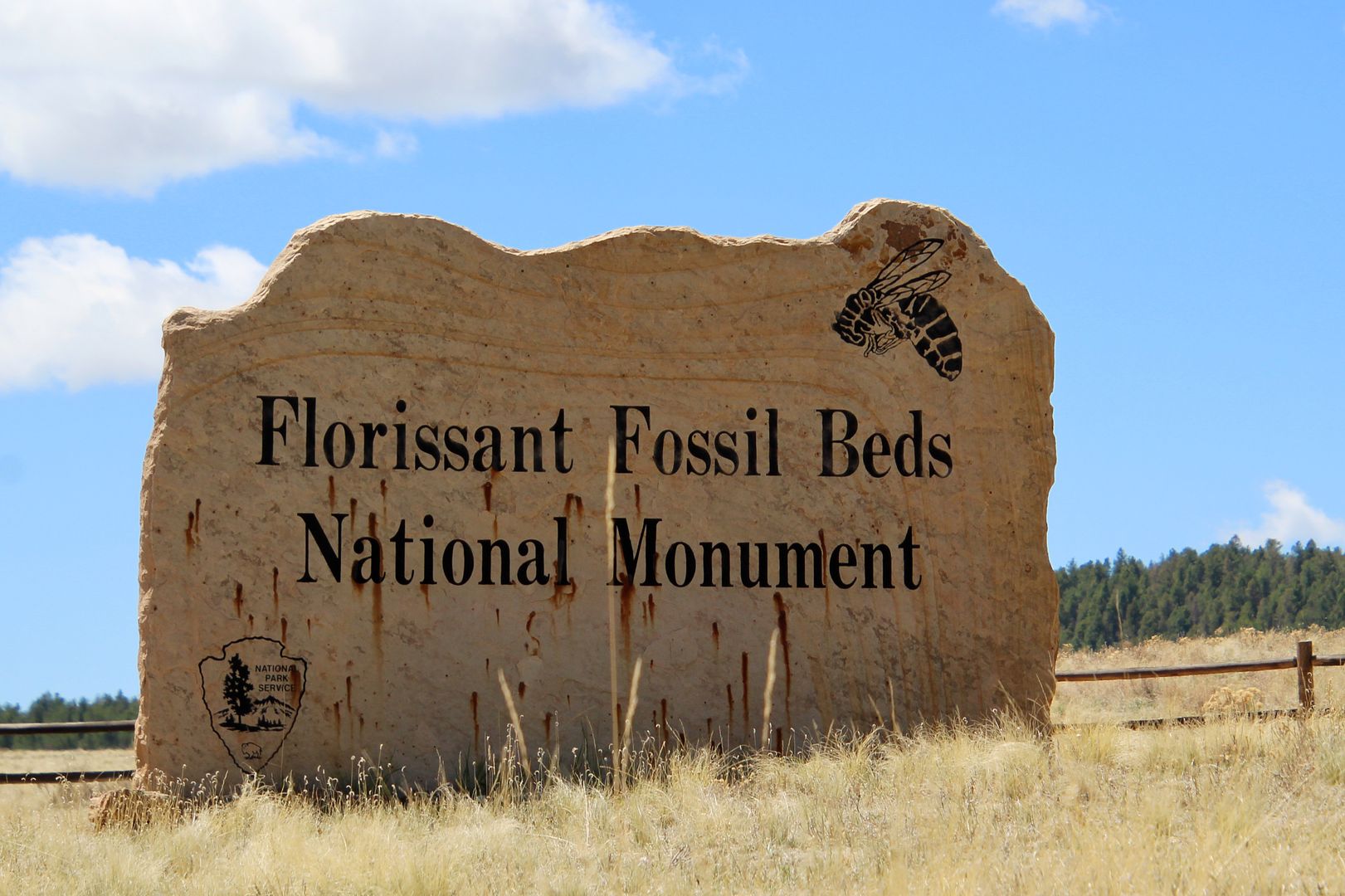

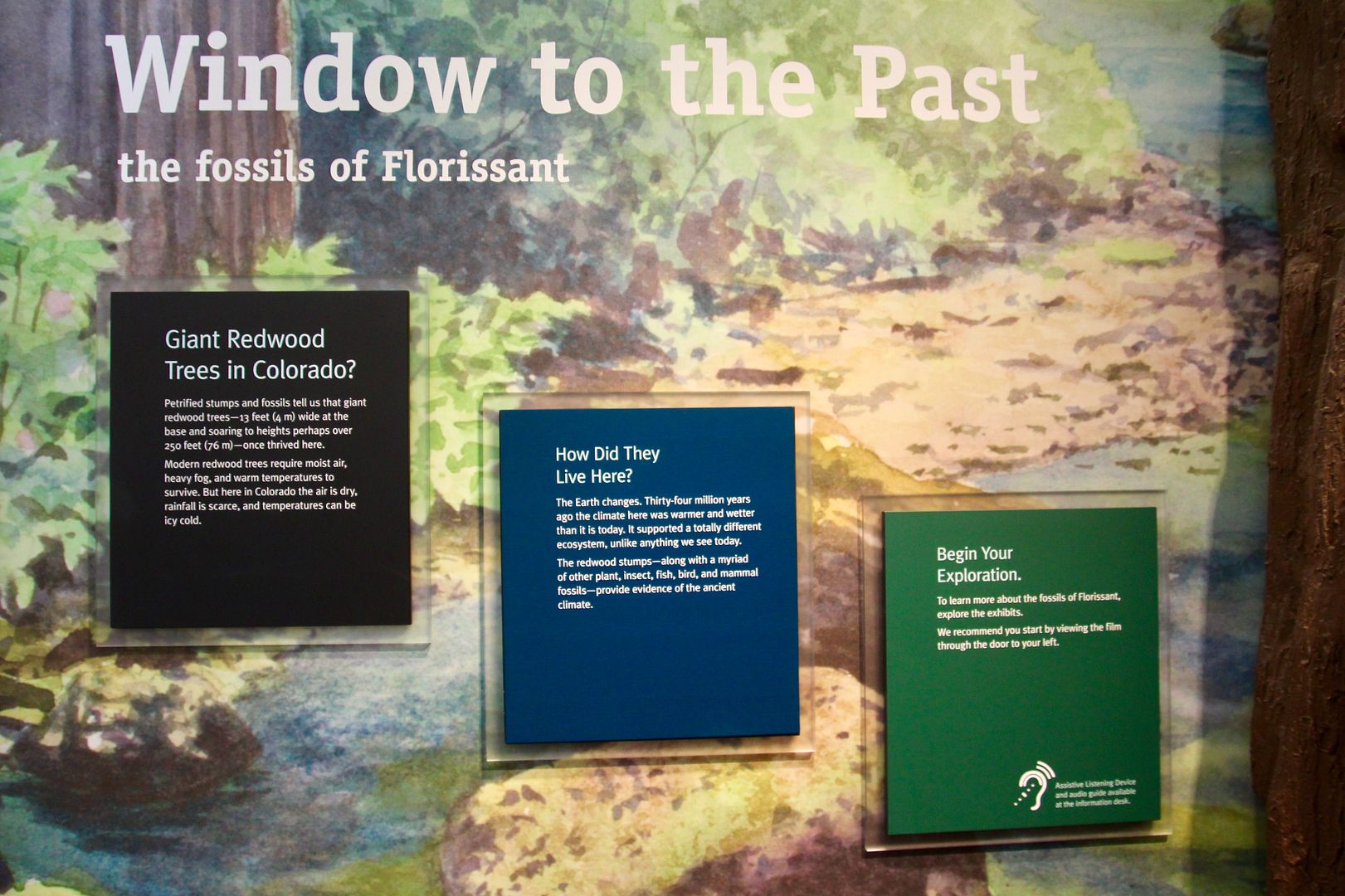
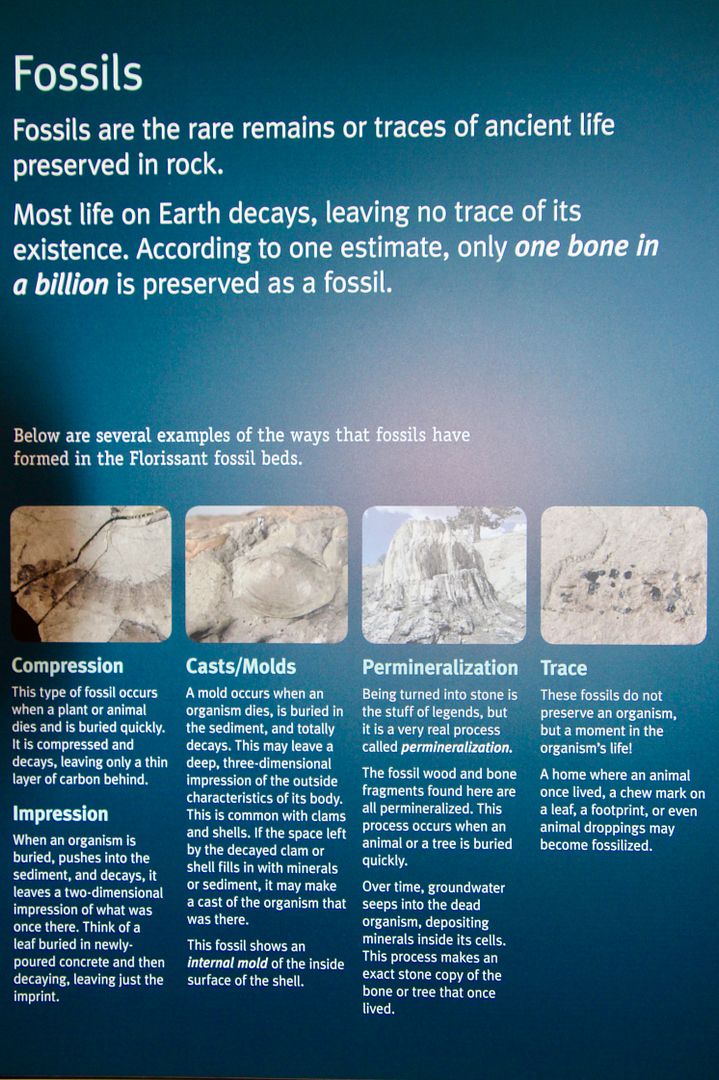
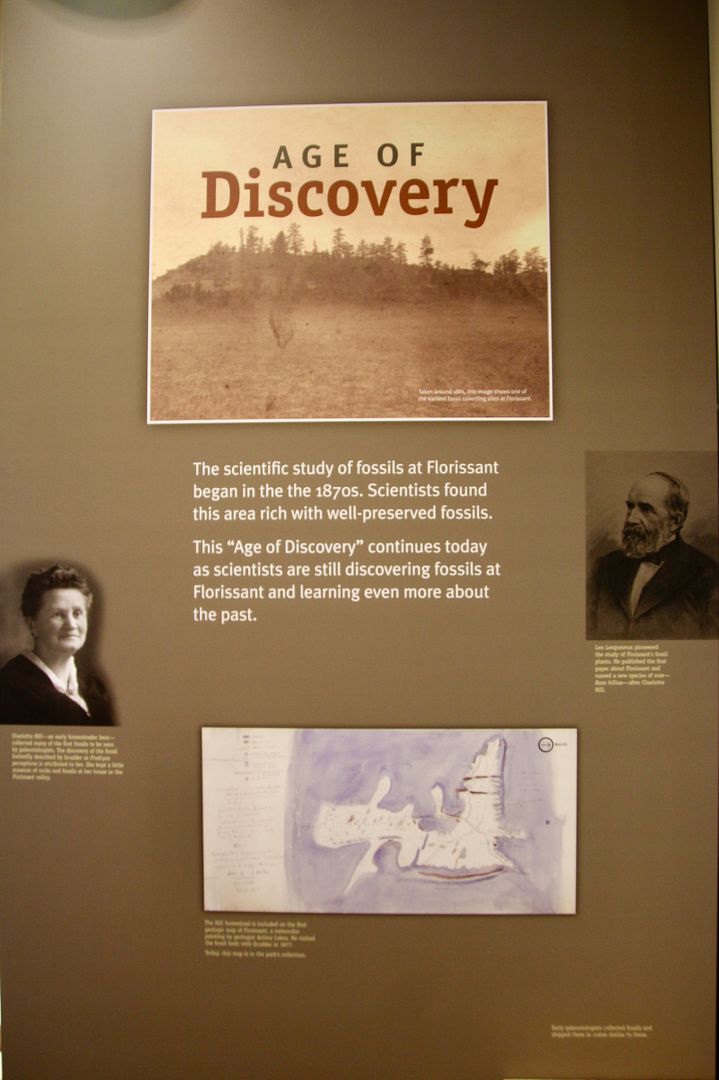
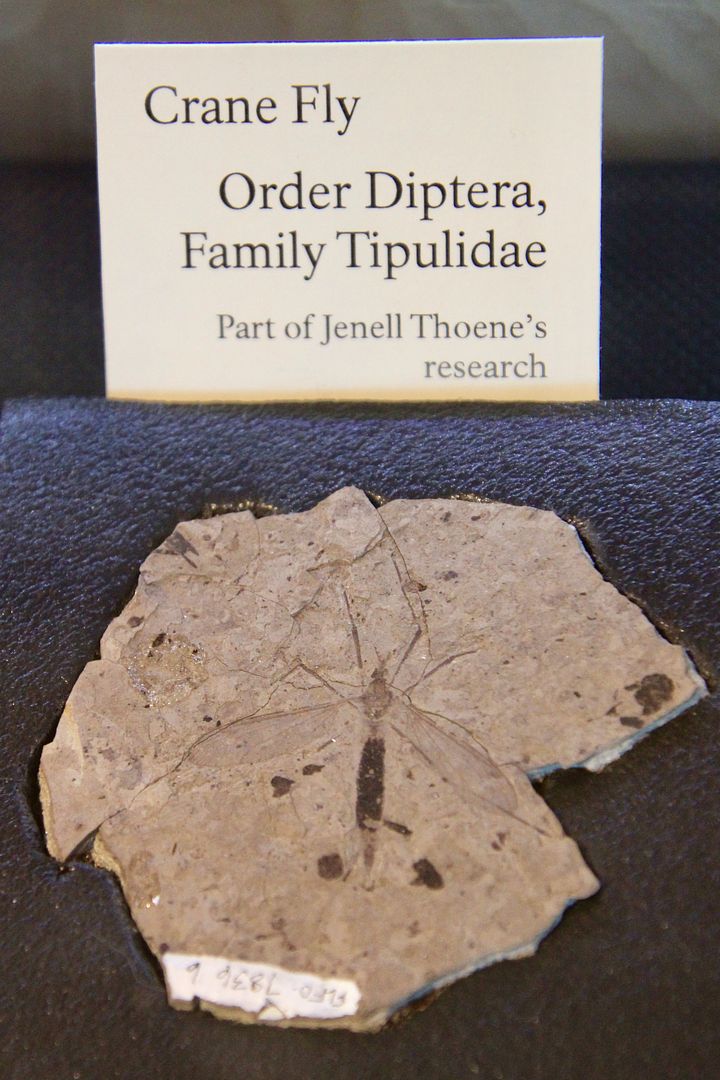
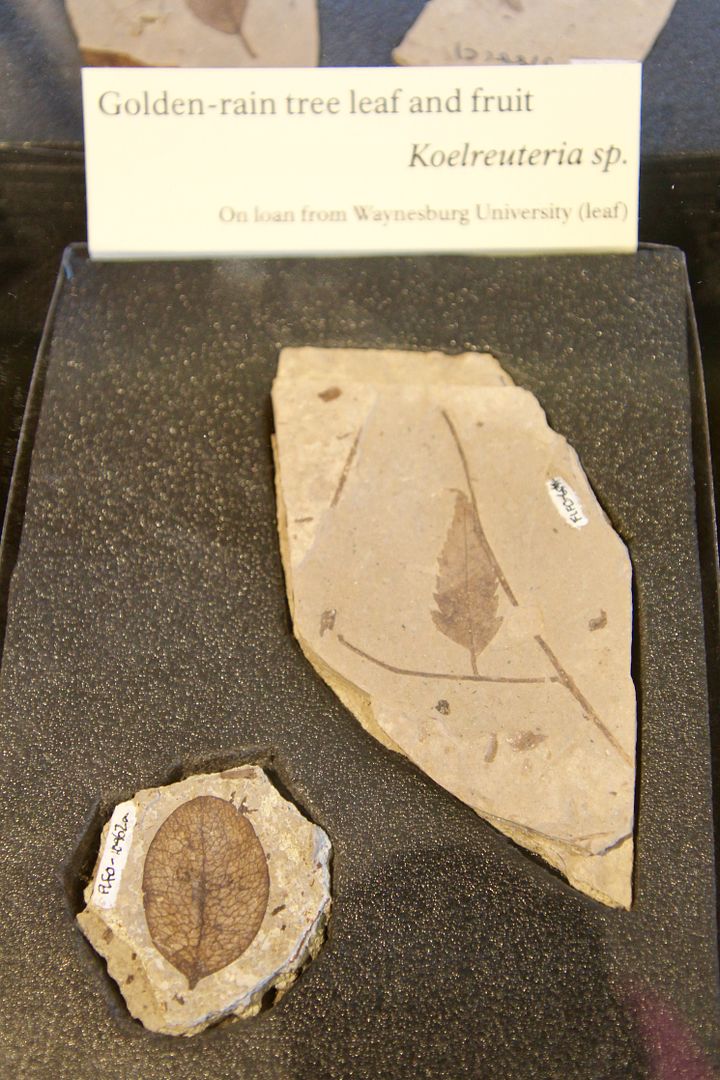
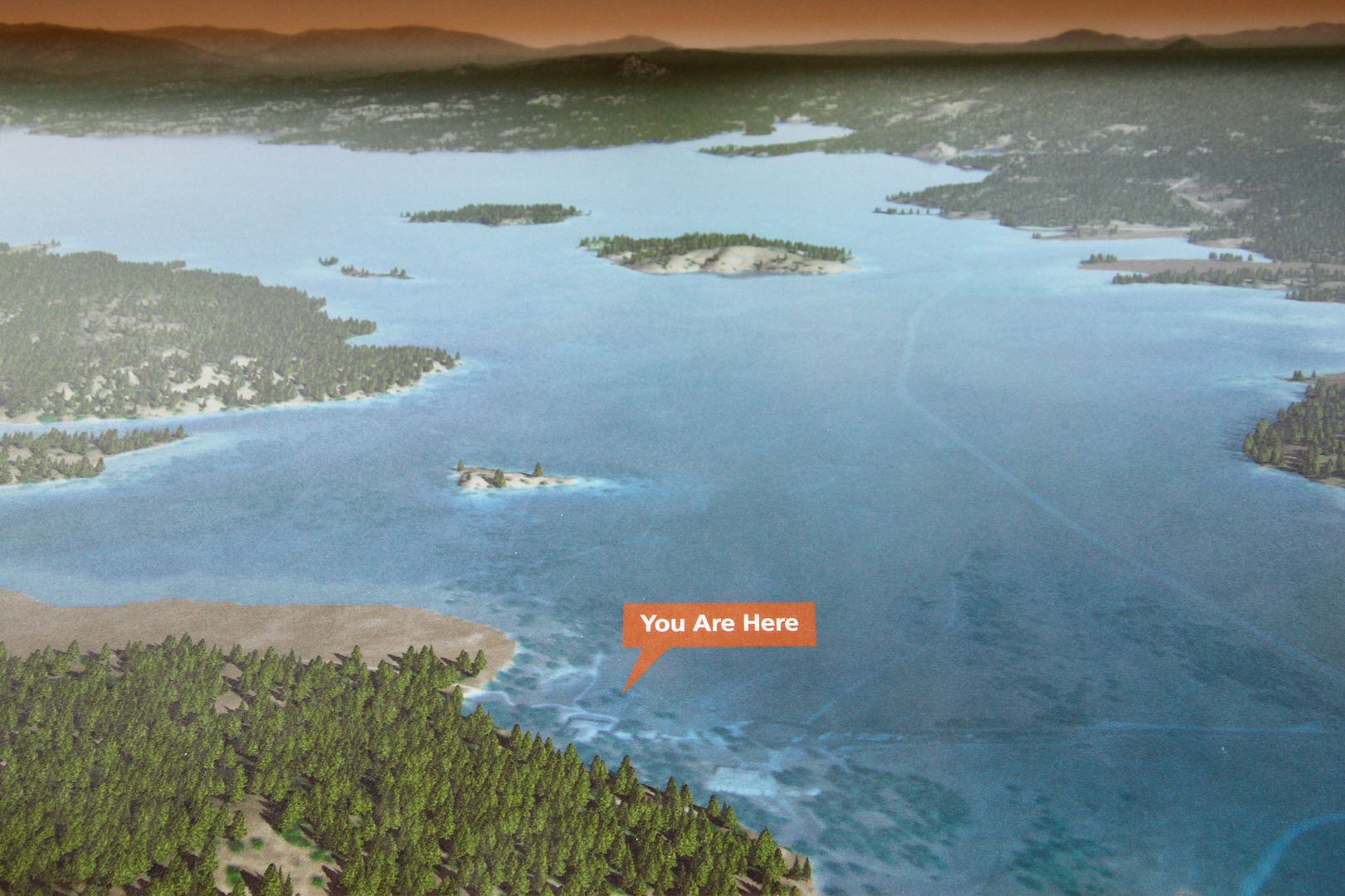
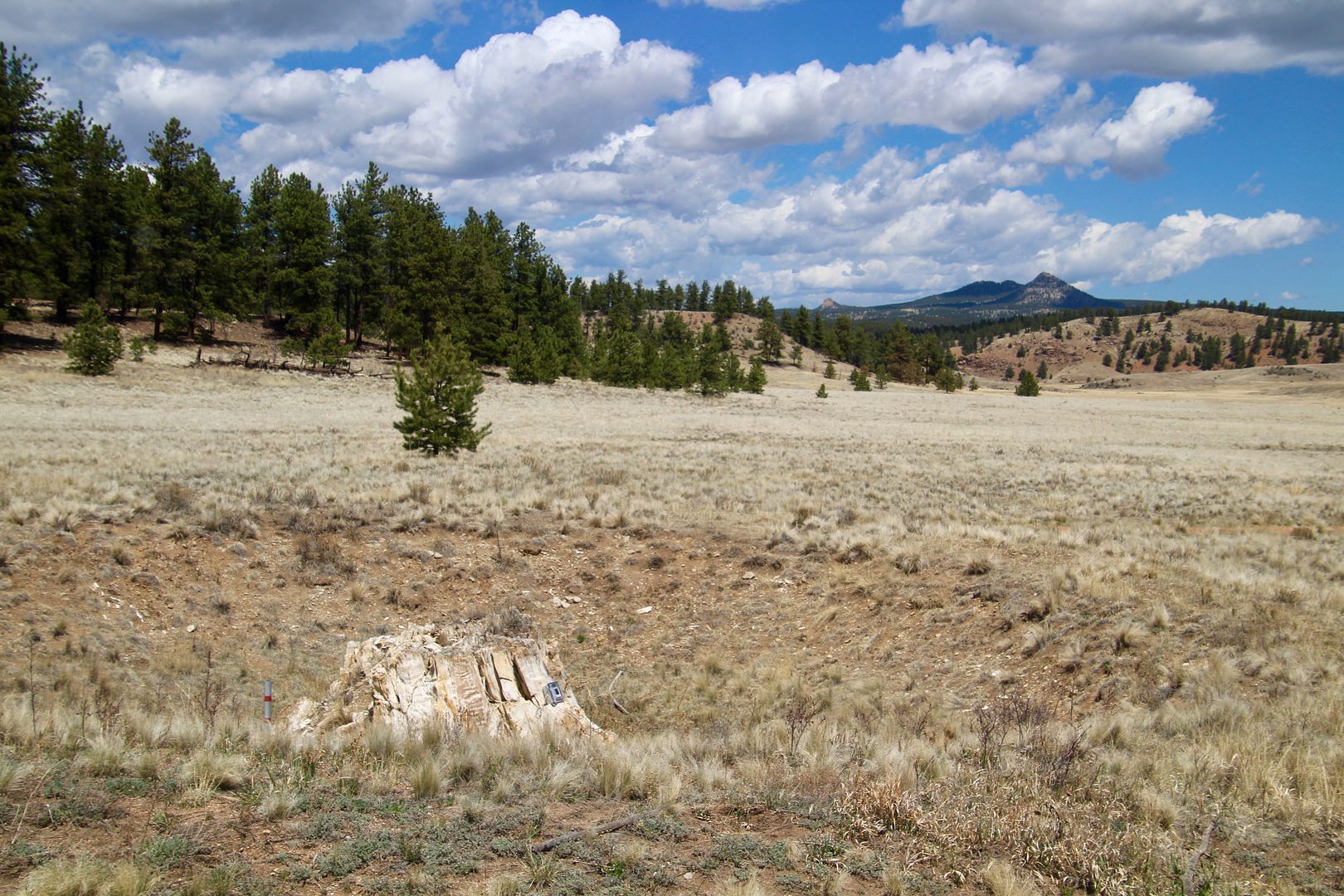
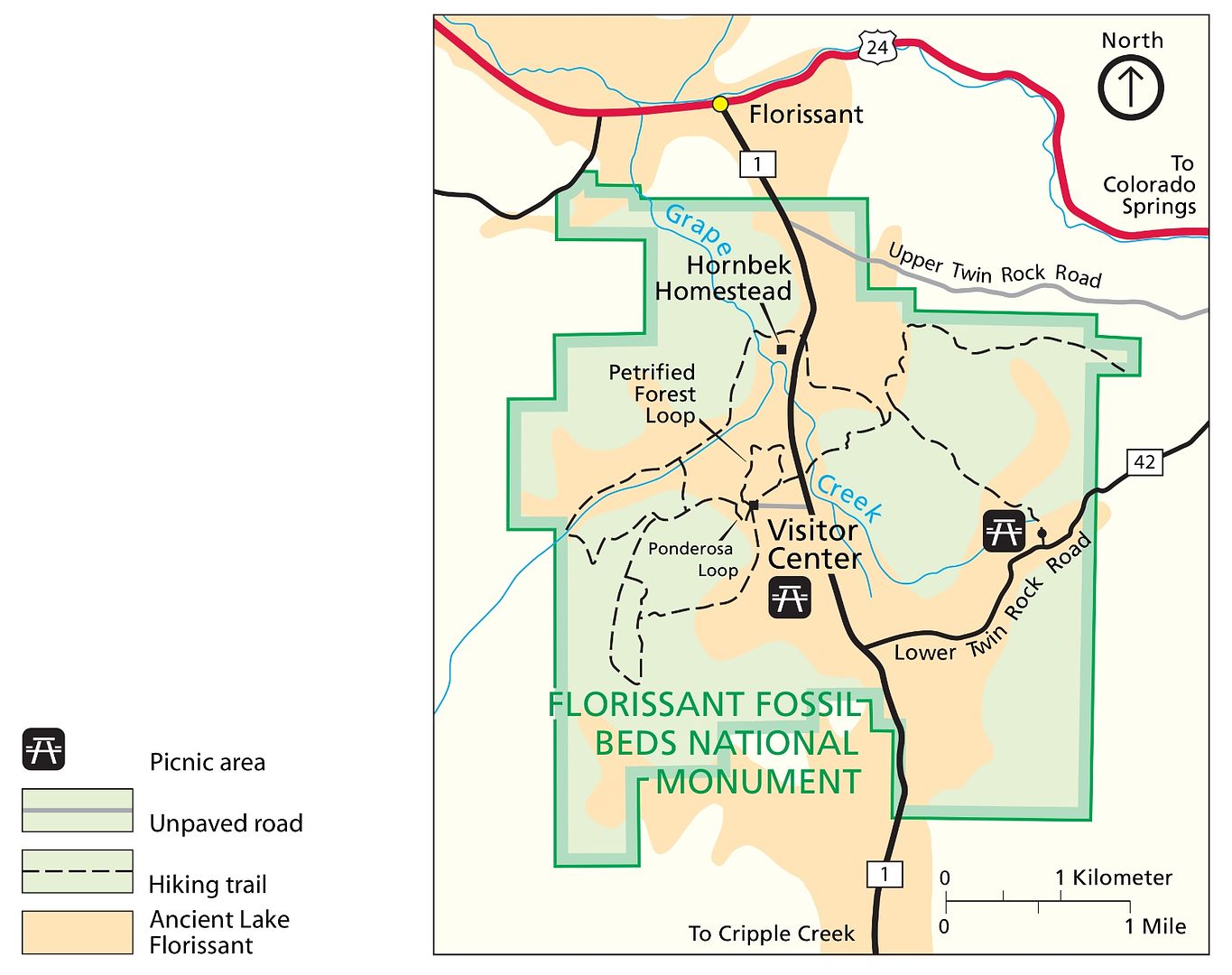
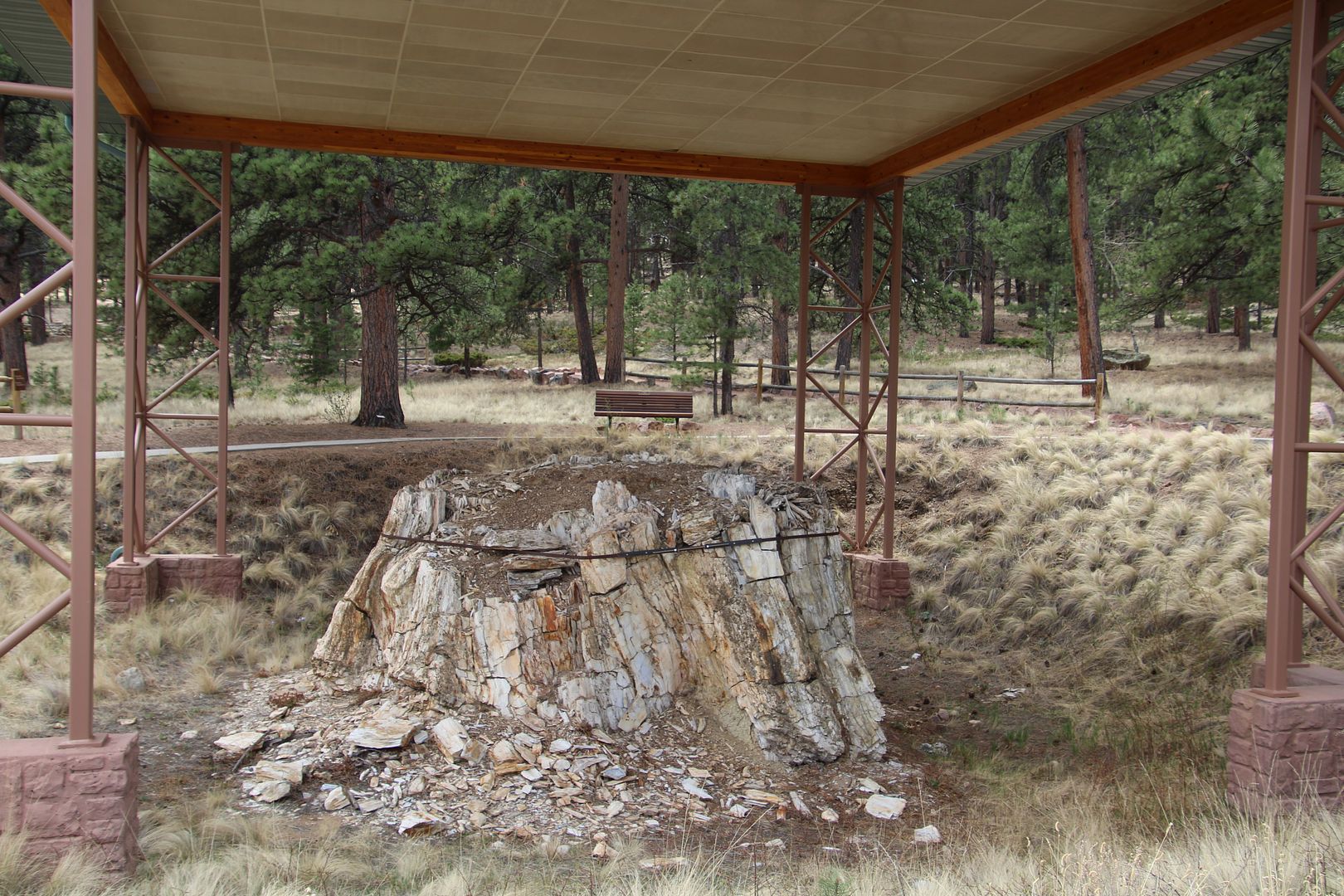
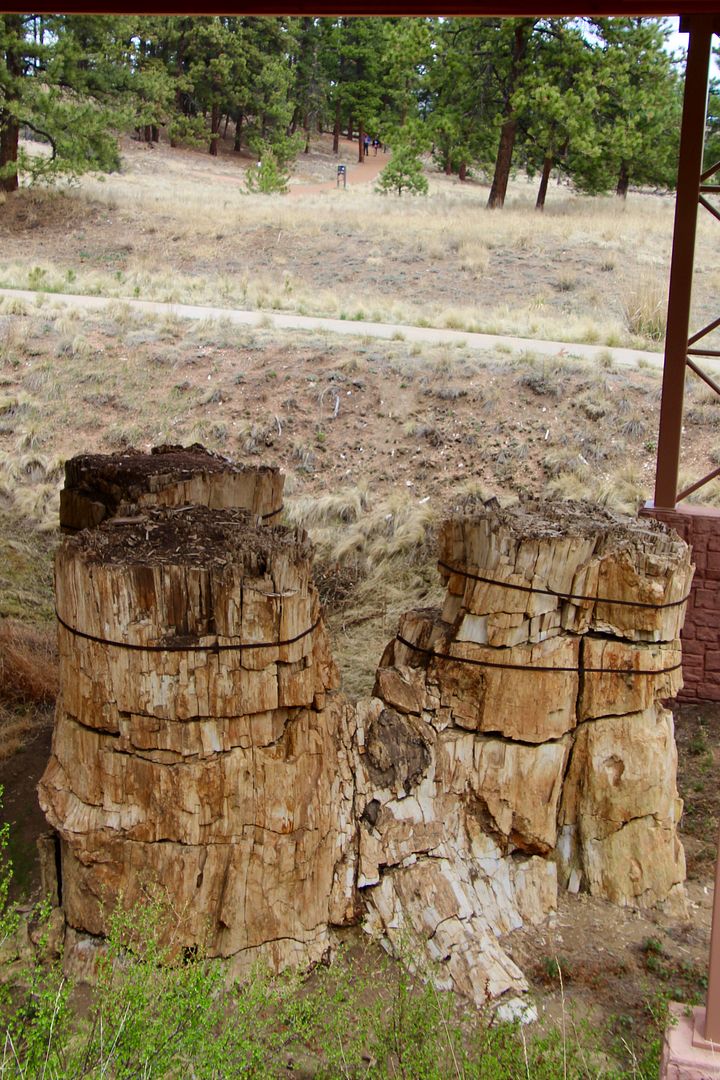
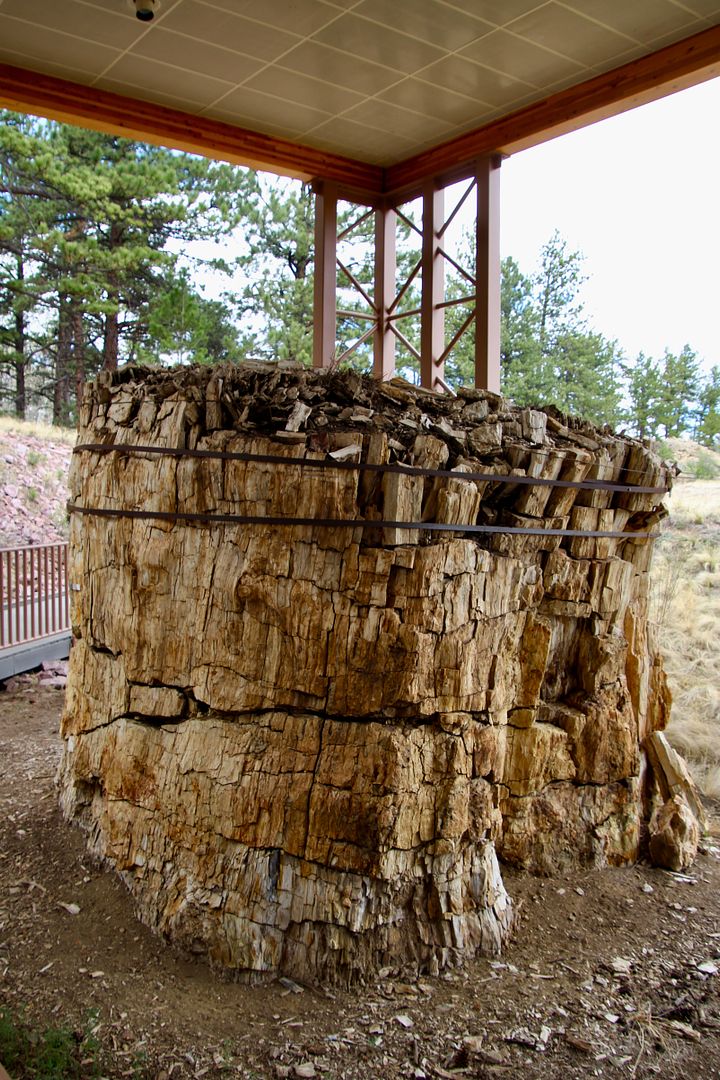
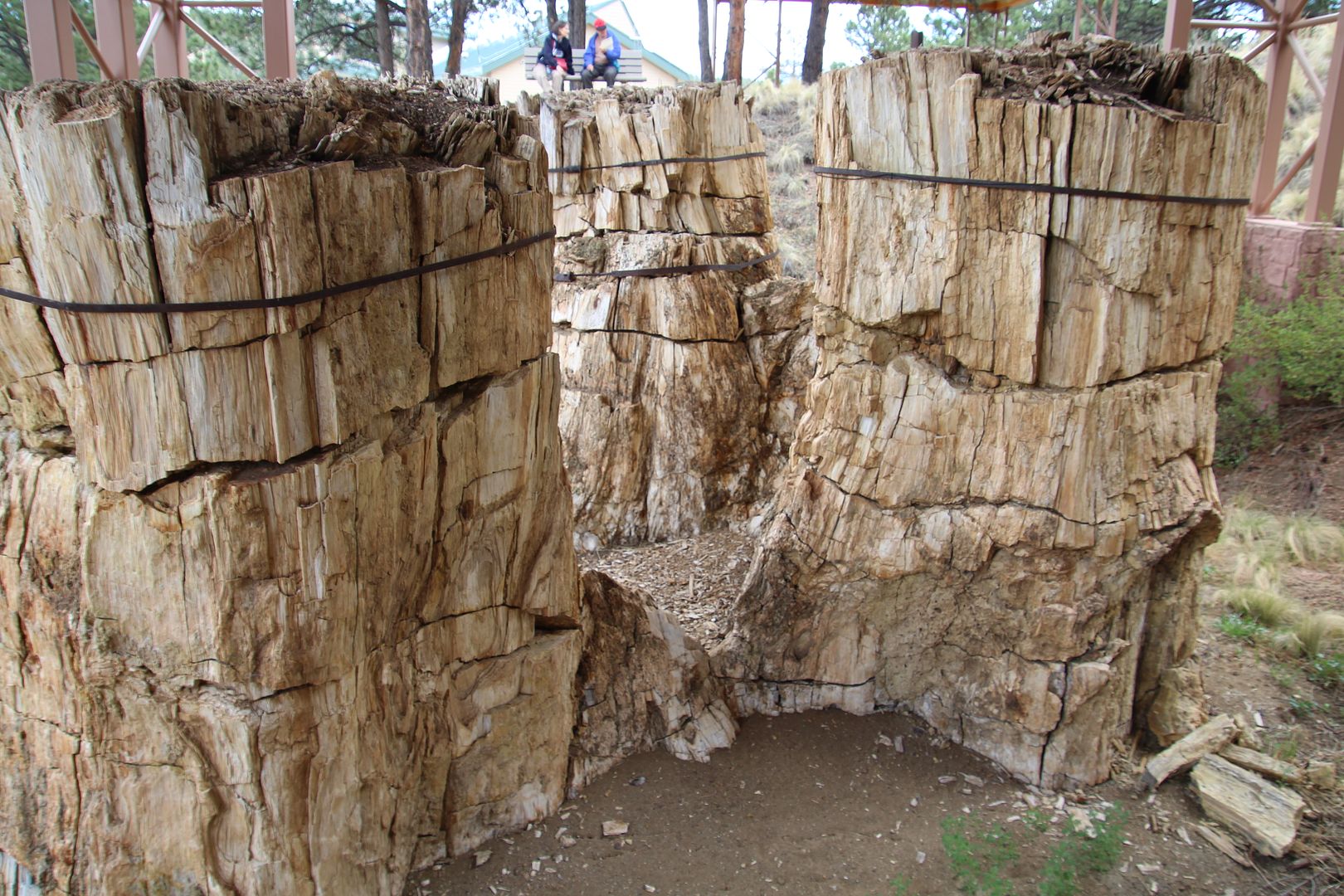
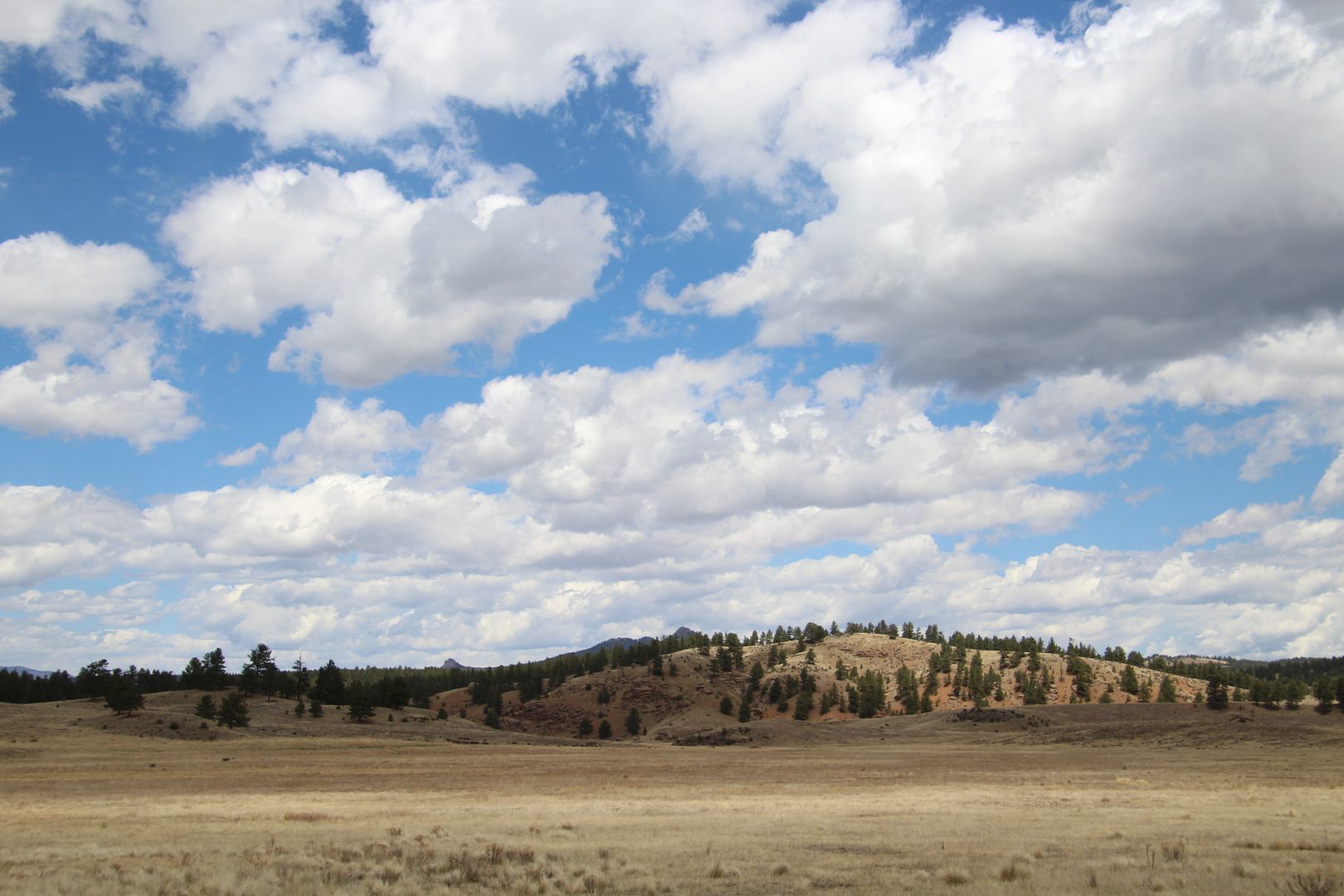
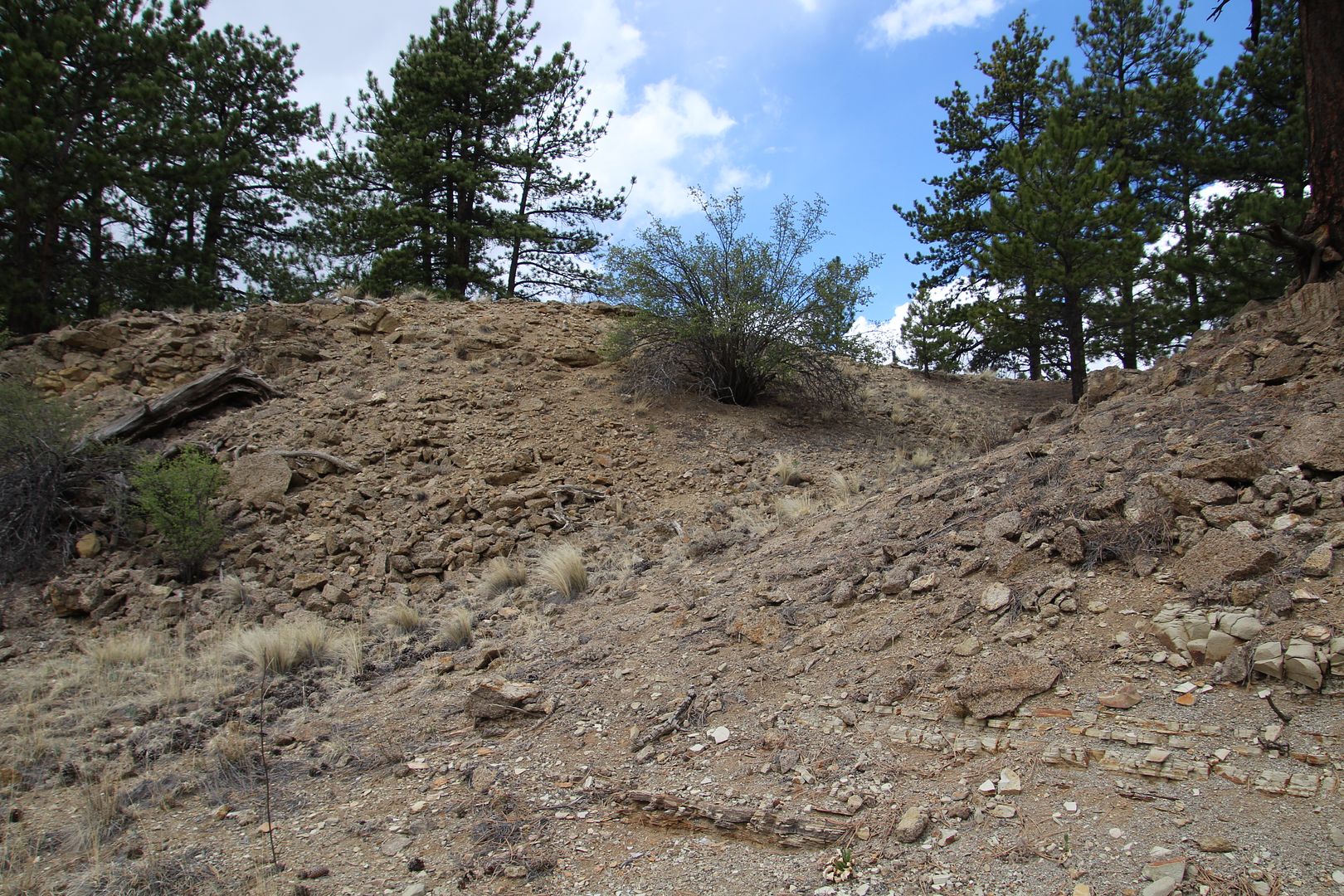
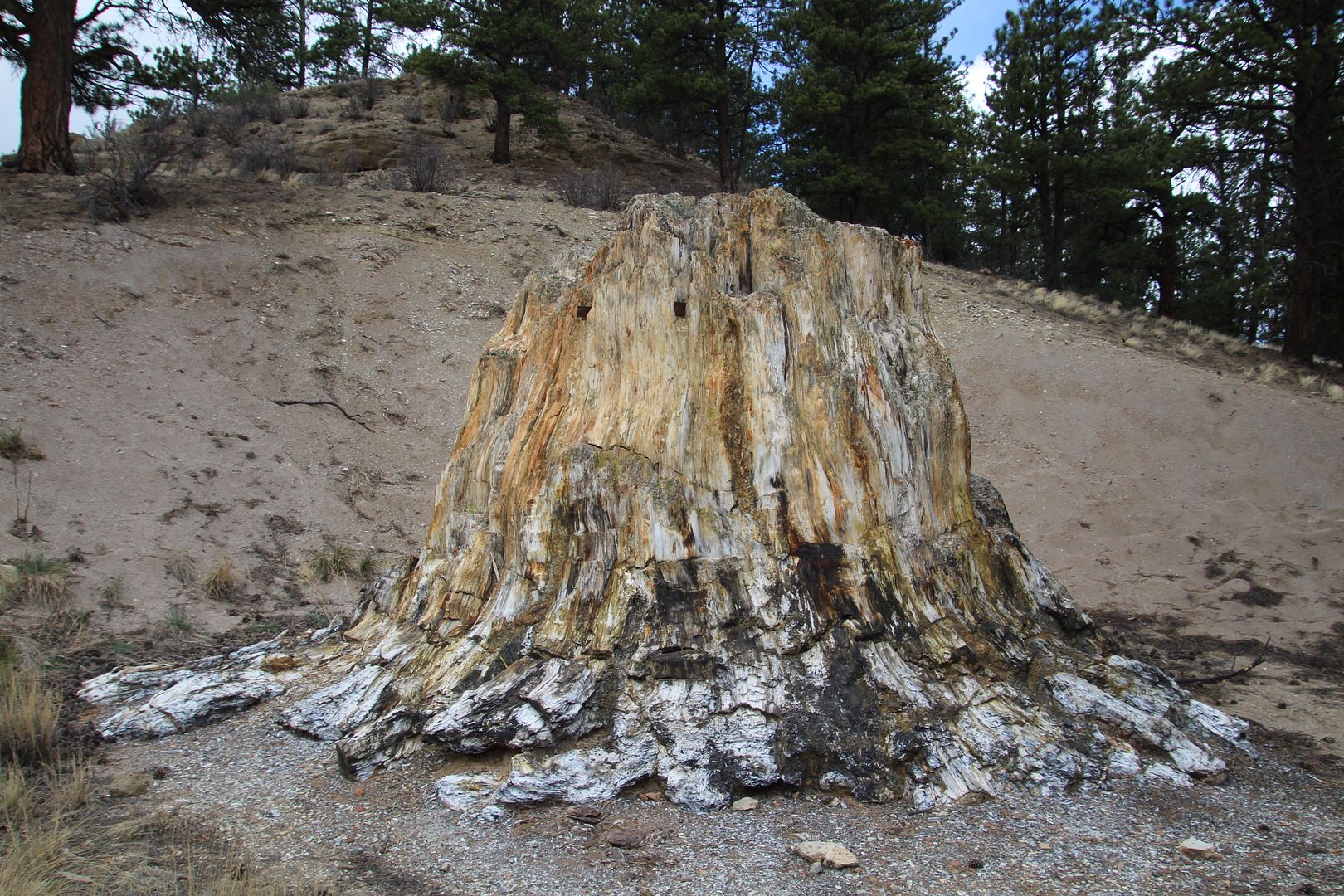
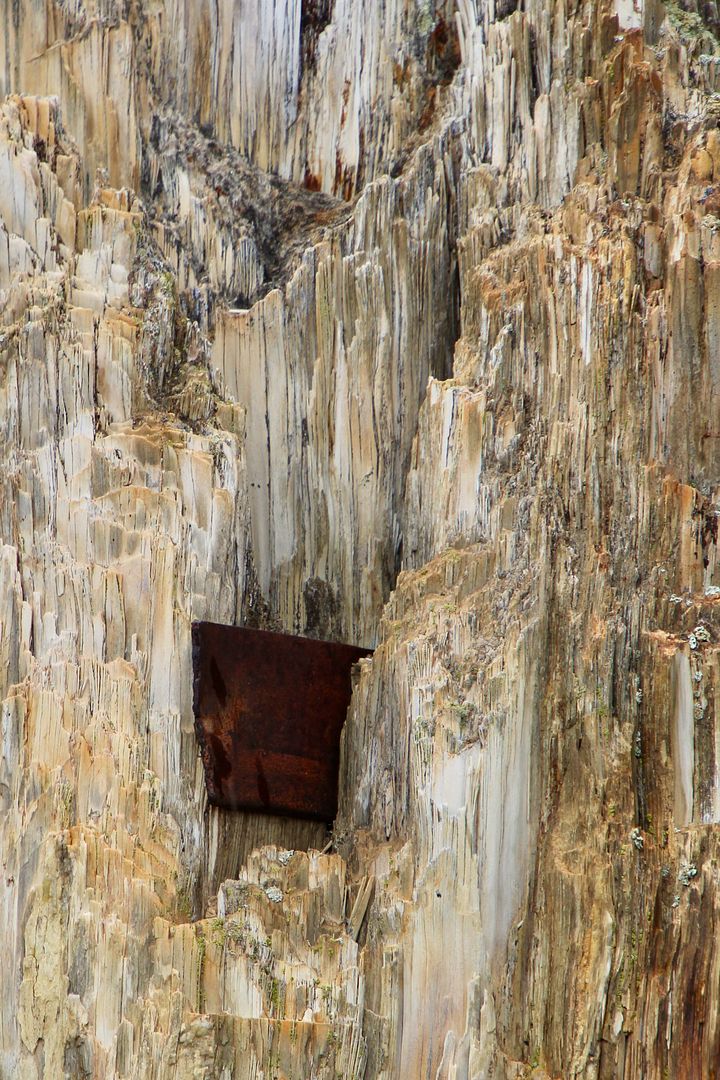
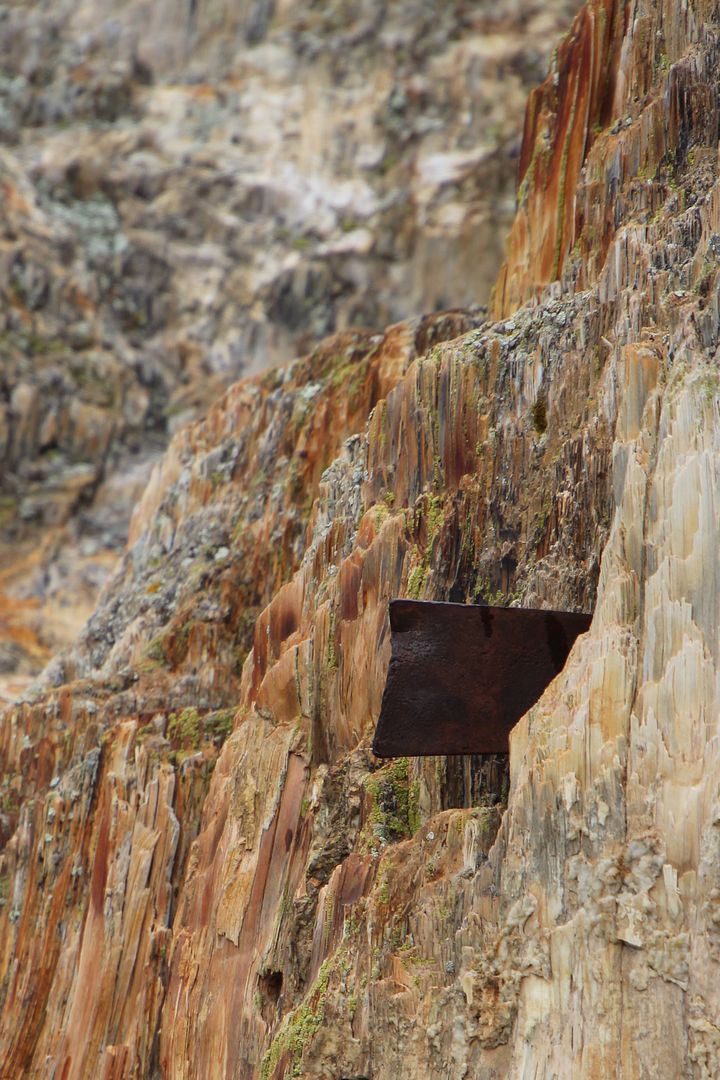
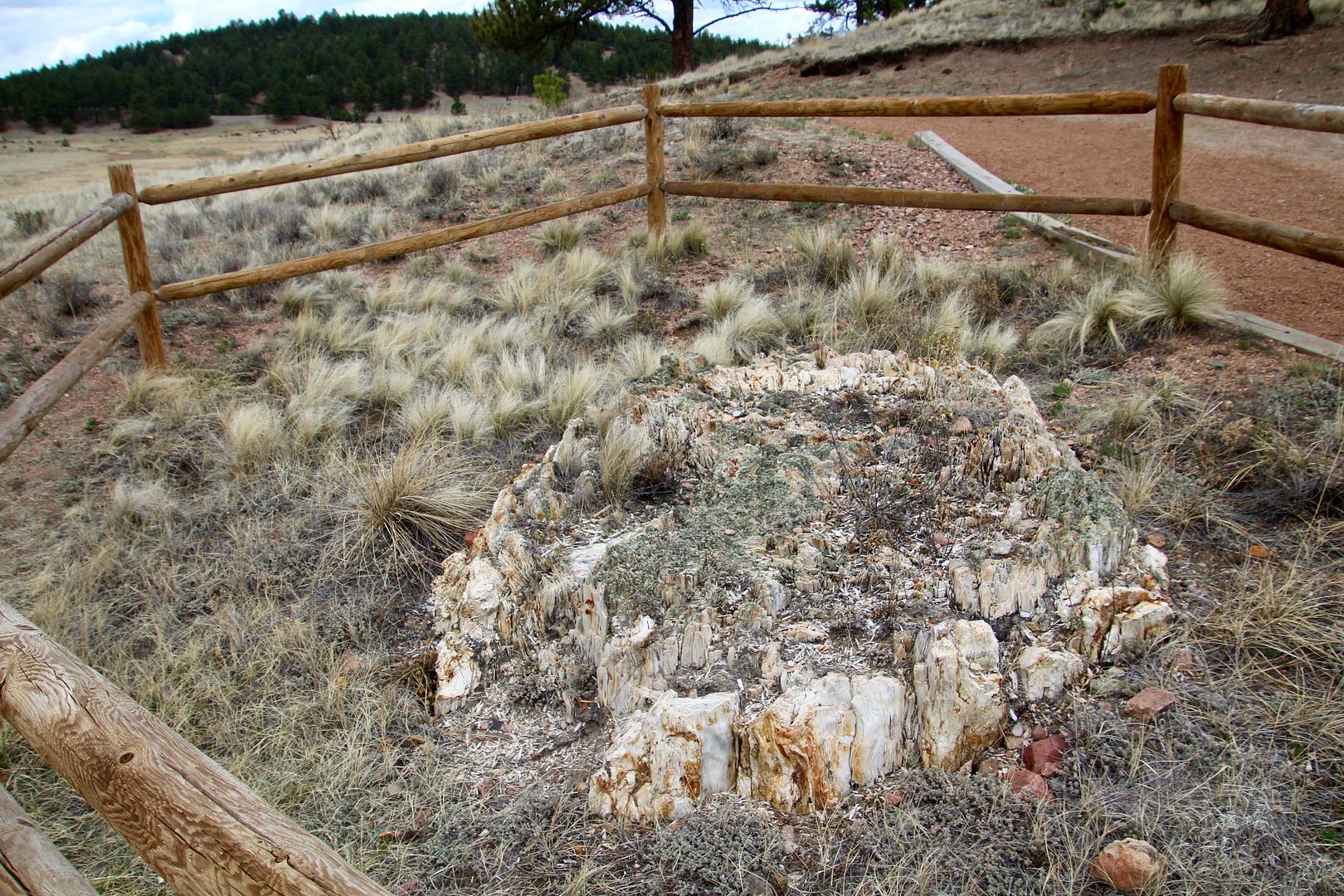
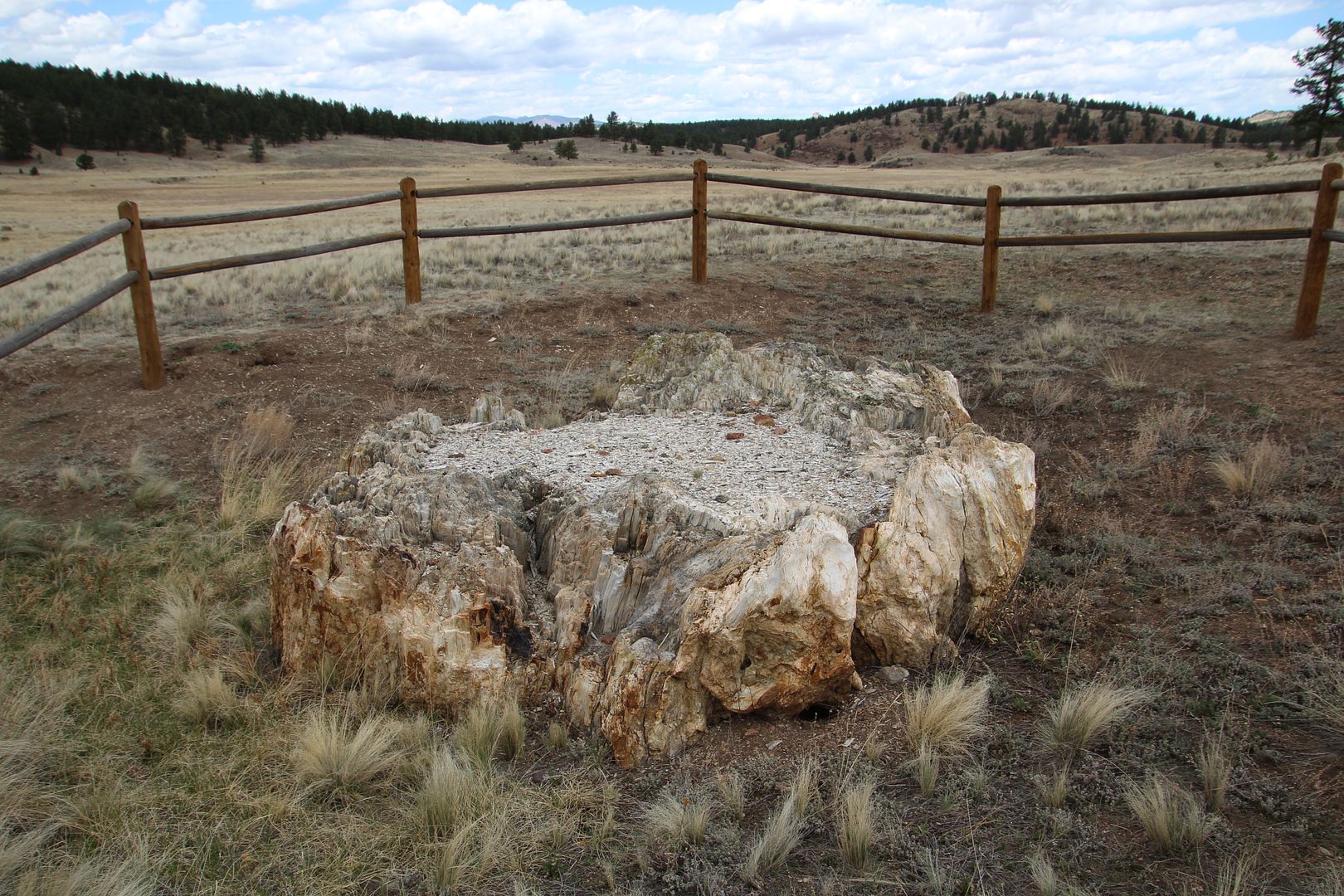


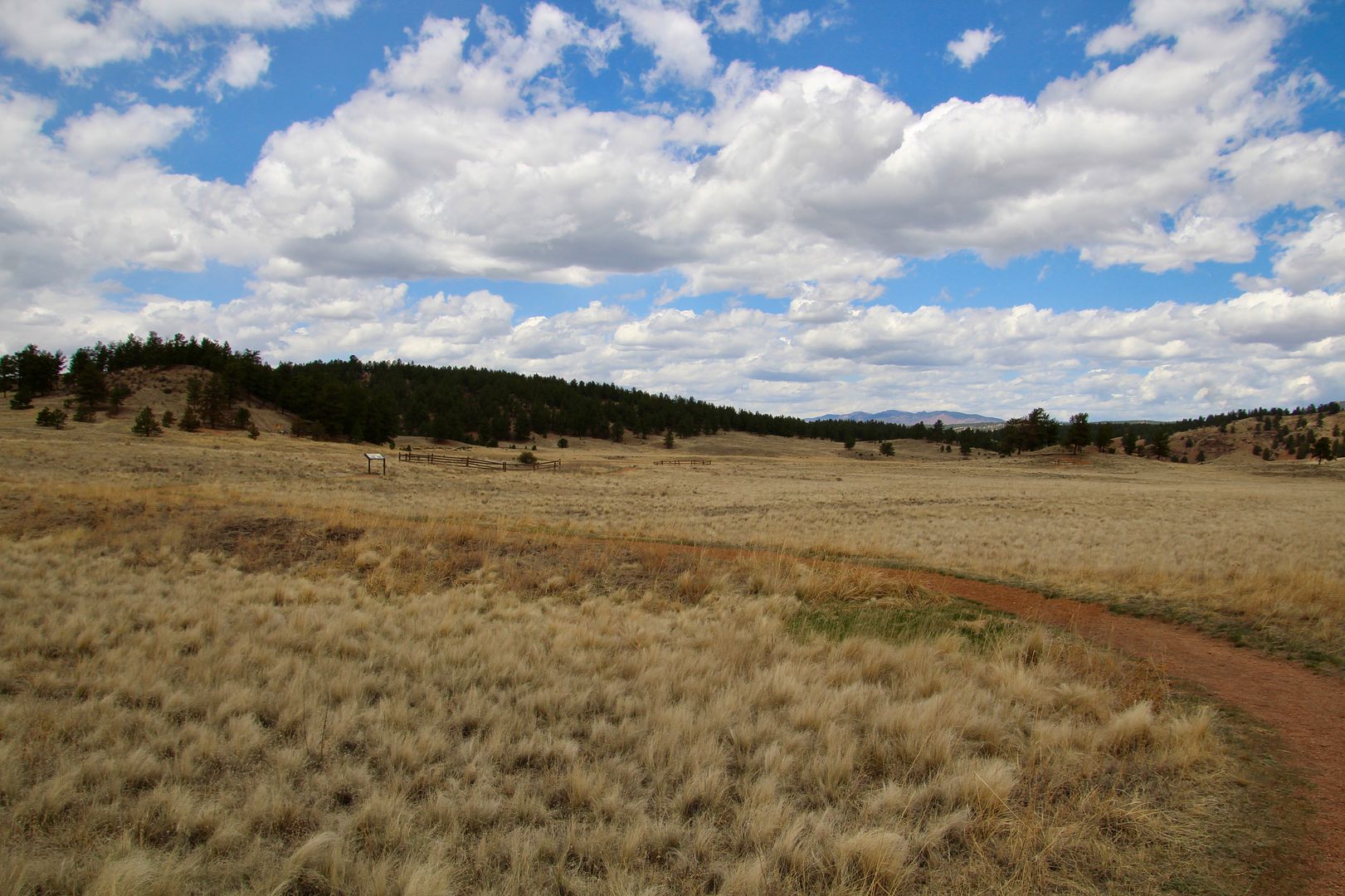
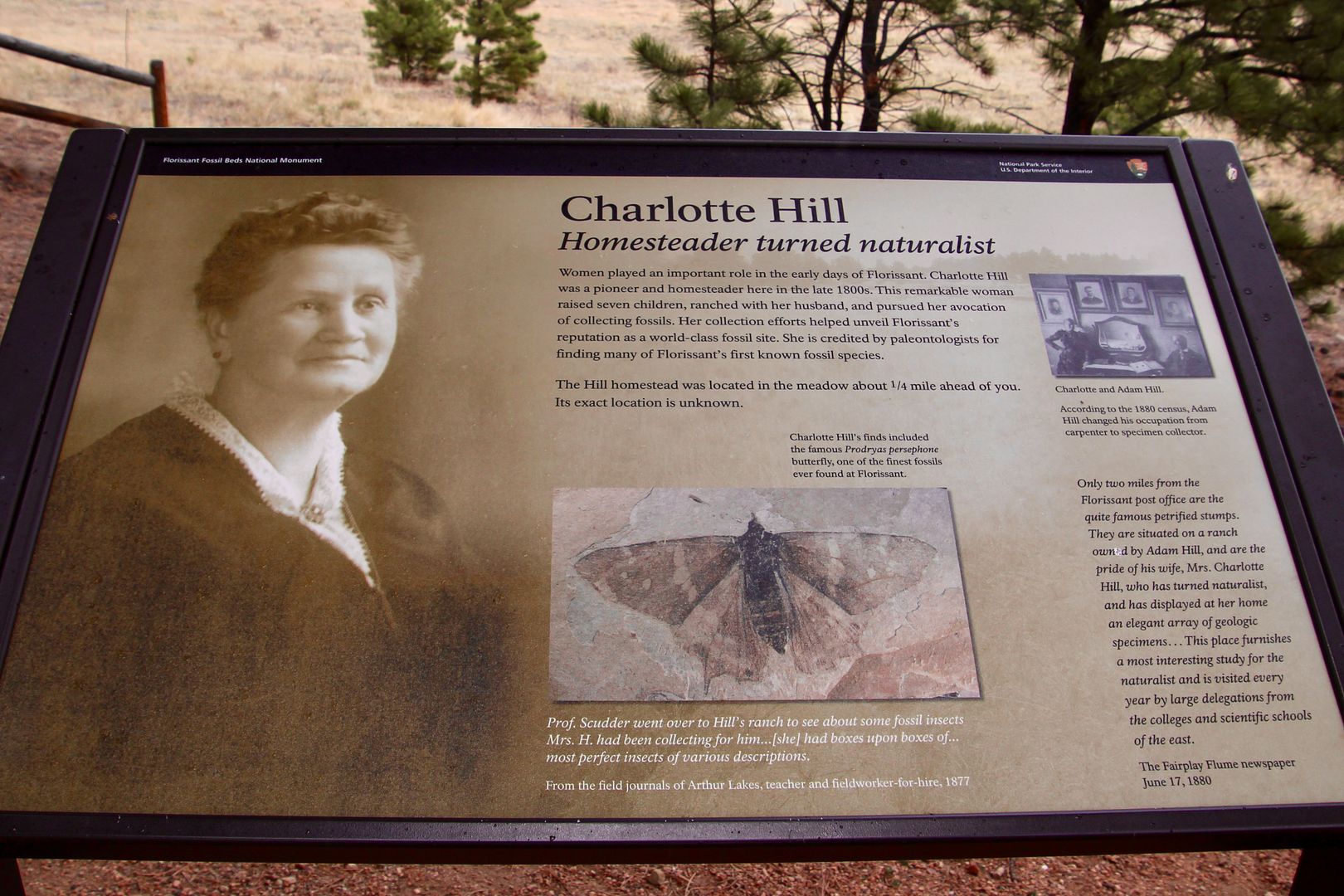
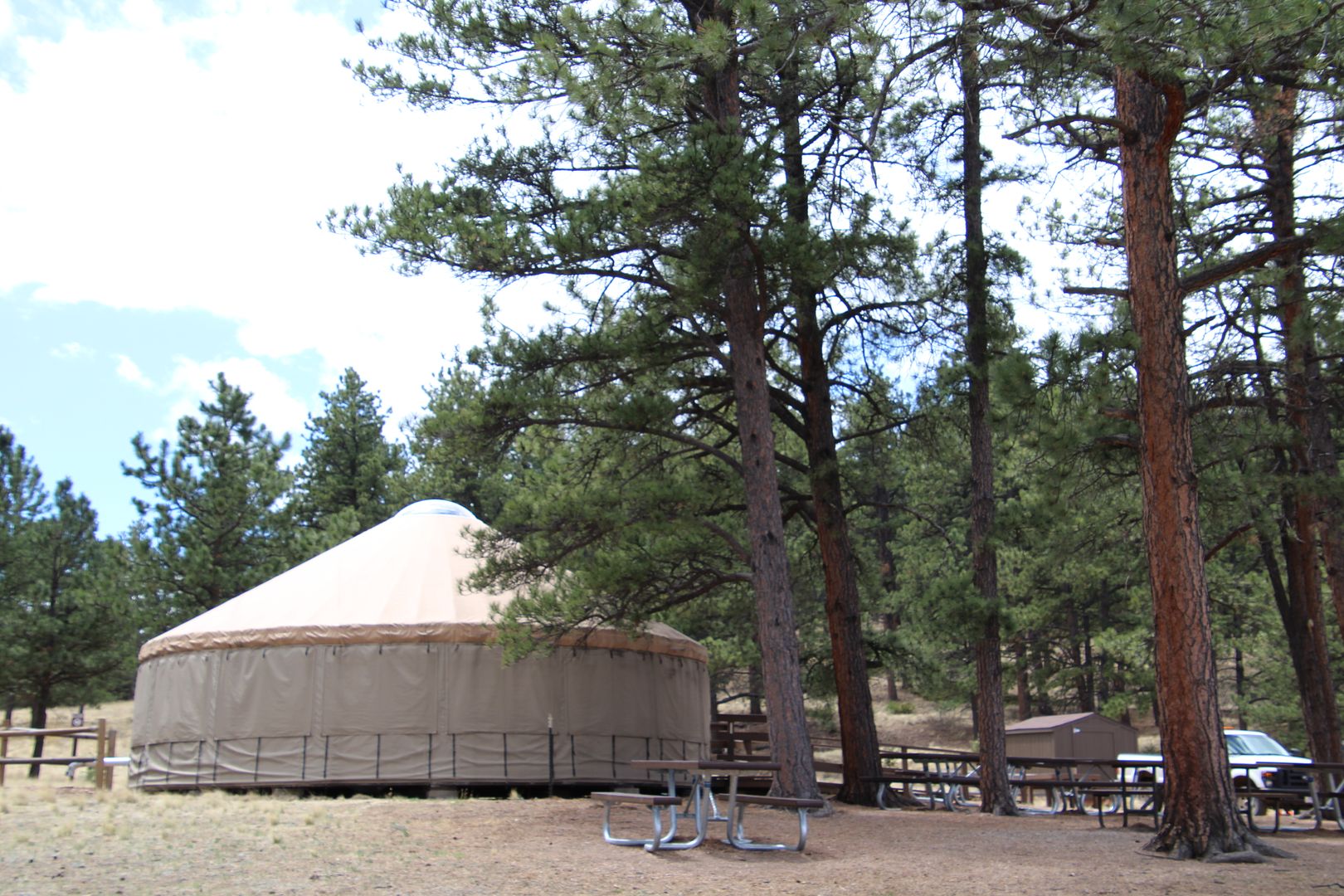

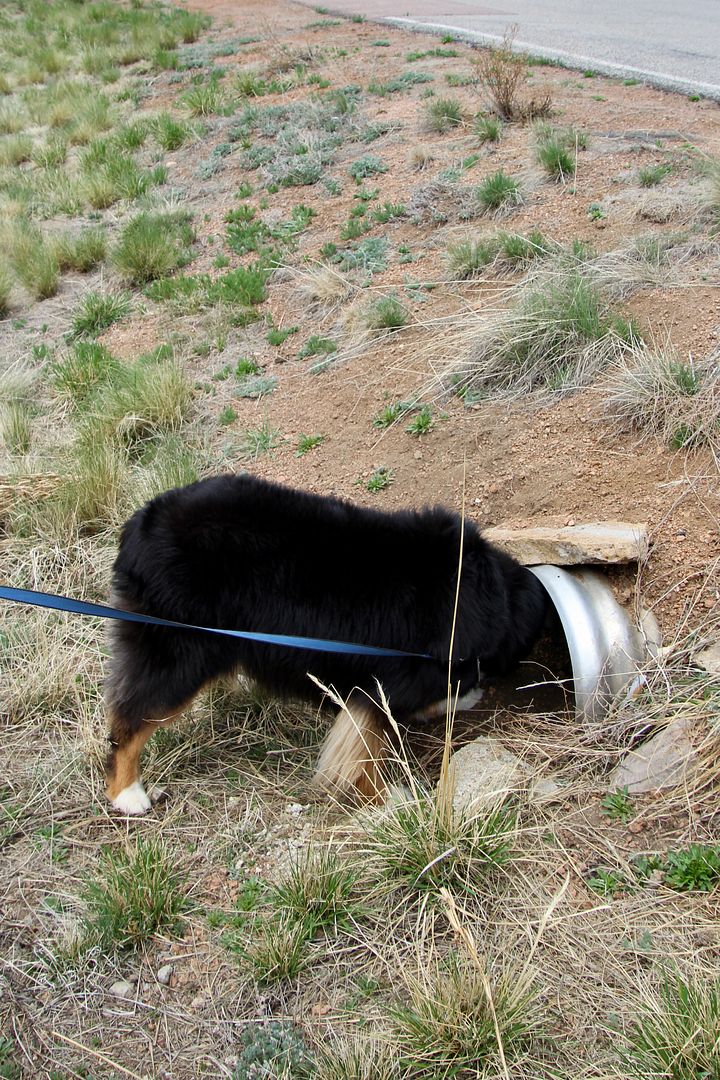
No comments:
Post a Comment